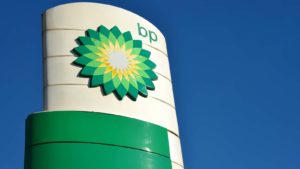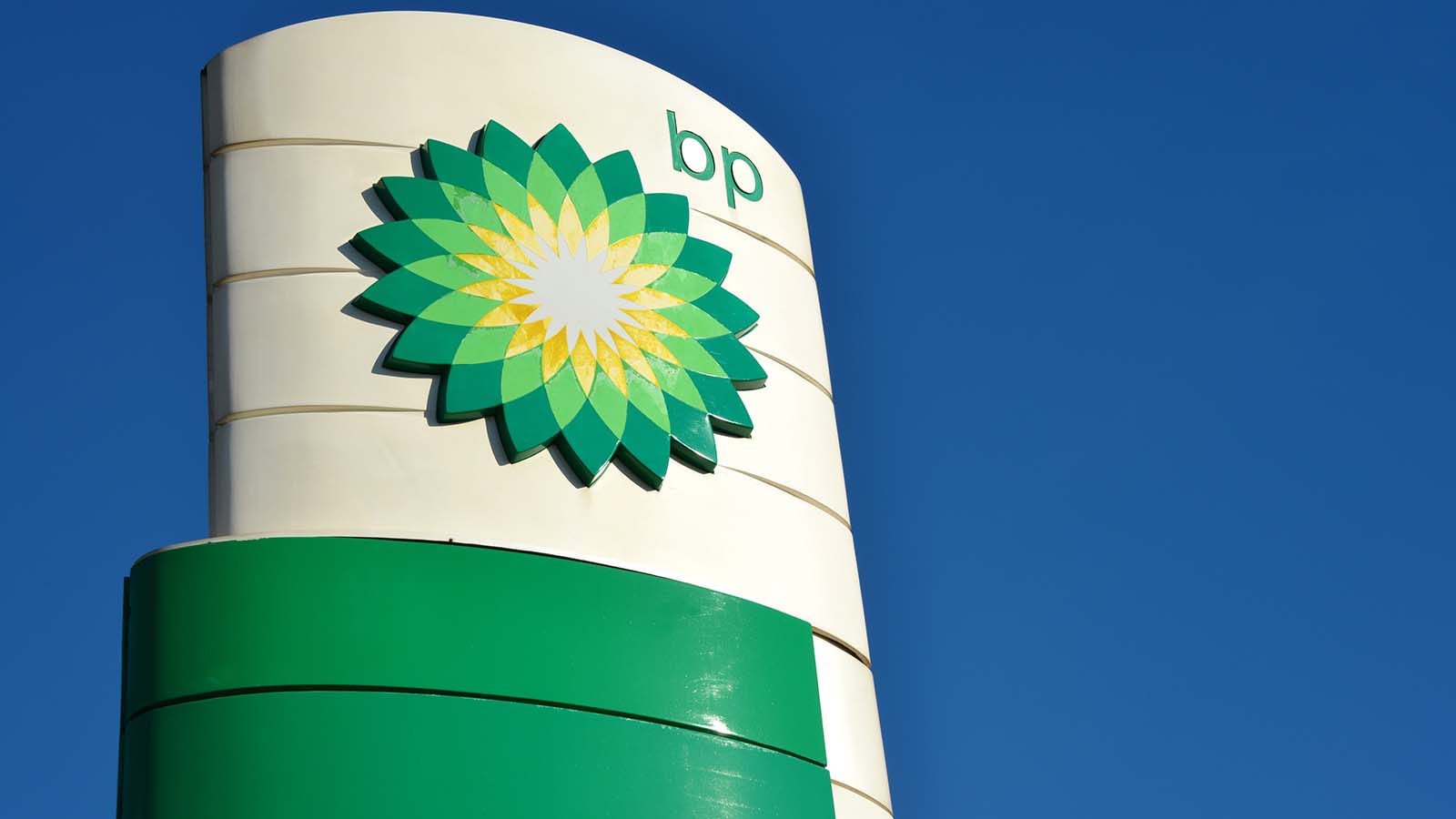At the beginning of October, I wrote that BP (NYSE:BP) was worth about $21 or so, based on its historical yield and the company’s cash flow. Now, however, BP stock has touched $22 in the past two months. I believe the stock will stay close to these levels unless something changes.

For example, either oil has to move up — increasing its cash flow — or the company has to raise its dividend. Unless one or both of these things happens, BP will likely stay within 7% to 15% of its present price.
What does that mean for your position in the stock? Well, here’s what could happen to this oil company’s dividend.
BP Stock: Reverting to the Mean and More
When I wrote my previous article, BP stock had a very attractive dividend yield of 7.44%. This was significantly higher than the company’s previous historical yield of 5.50%, as seen in the chart of my prior article. Therefore, it was due to rise at least 20%. I had figured it would hit $20.72.
This was based on the theory that stocks tend to revert to their mean values. I have found over time that — for stocks with strong dividends and that can afford high yields — this model tends to work well.
But now BP stock has a 5.78% yield (i.e. its $1.26 annual dividend divided by today’s price of $21.79).
Now, keep in mind that the mean yield of 5.5% over the last 10 years is just that — an average of the high yields and low yields during that period. There will be periods of extended high yield and vice versa.
For example, when there was no pandemic in 2019, the dividend yield average was 5.4%, according to Seeking Alpha. So, if we were to use that as a yardstick, BP is still worth $23.33. That is found by dividing the annual dividend of $1.26 by 5.4%.
And don’t forget, the yield could overshoot on the low side. For example, even if investors in BP stock became more energized, the yield might reach 5%. I don’t believe it would go lower than that unless the price of oil rose or the company decided to raise the dividend.
Therefore, at a yield of 5%, BP stock would be worth as much as $25.20. That represents a potential gain of 15.6% from today’s price.
Financial Recovery in the Third Quarter
In Q3 of 2020, BP produced positive cash flow from operations of $5.3 billion, excluding its Gulf of Mexico oil spill payments. After organic capital expenditure (capex) of $2.5 billion and inorganic capex of $1.1 billion, its free cash flow was about $1.7 billion.
That is more than enough to pay the quarterly dividend, which costs about $1.06 billion each quarter (Page 16). Moreover, this performance was better than what occurred in Q2 at the height of the pandemic.
At the time when I wrote my article, I said that the company would easily be able to afford the dividend. Now with the Q3 results, it is clear that there is room to even increase it.
However, it seems that BP wants to reduce debt first. For example, the company was able to lower its net debt to about $40 billion in Q3. However, the energy firm has said it needs to get that down to $35 billion (Page 2).
I suspect that could occur by the end of Q4 — if the company has a similar cash flow experience to Q3. And so far, the price of oil seems to be higher. BP said in the earnings presentation that its breakeven cash flow point is $42 per barrel of oil. Right now, the price is a good deal higher than that.
What To Do With BP
Given its performance, I believe that BP will likely consider raising its dividend by the middle or end of Q1 2021. But until then, I think BP stock could stay within 15% of its present price.
However — assuming they hike the dividend up by half of what they cut earlier this year — the dividend would be $1.89 per ADR. Therefore, with a 5.5% dividend yield, the potential price target could be $34.36 per share.
That represents a potential upside of over 50% above today’s price. But don’t expect that to happen until the price of oil increases BP’s cash flow and allows it raise the dividend as well as pay down debt.
On the date of publication, Mark R. Hake did not have (either directly or indirectly) any positions in any of the securities mentioned in this article.
Mark Hake runs the Total Yield Value Guide which you can review here.
